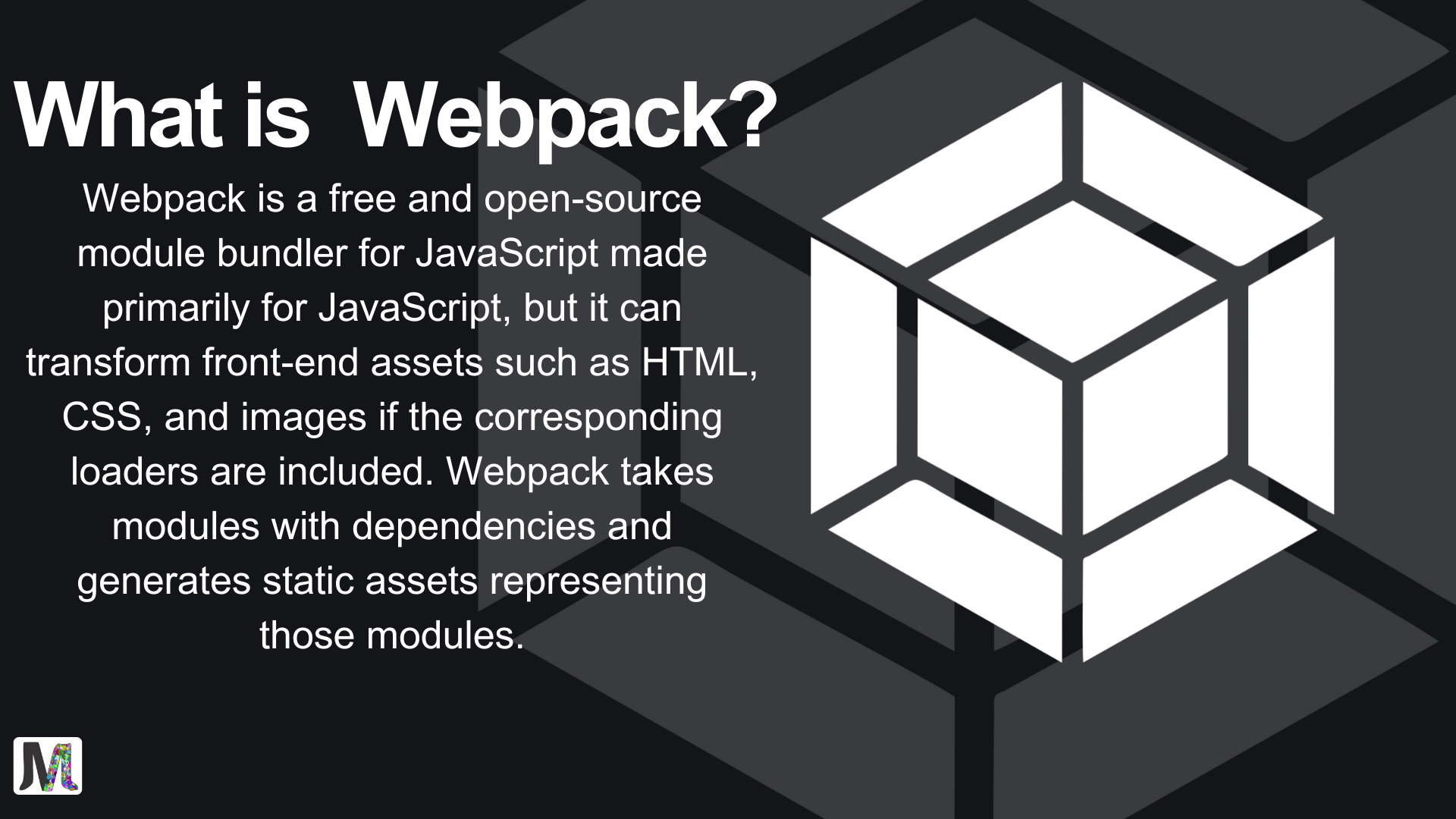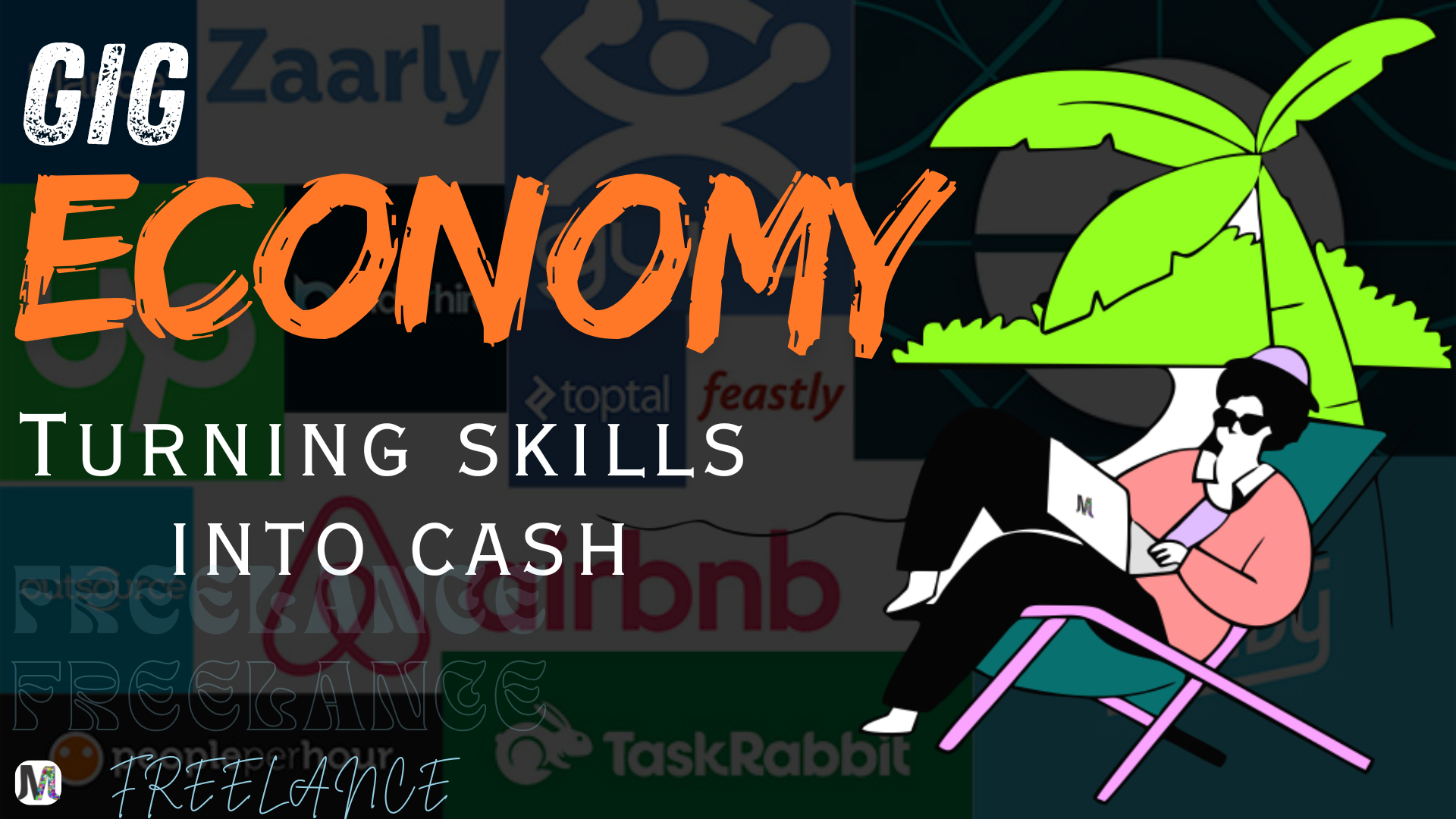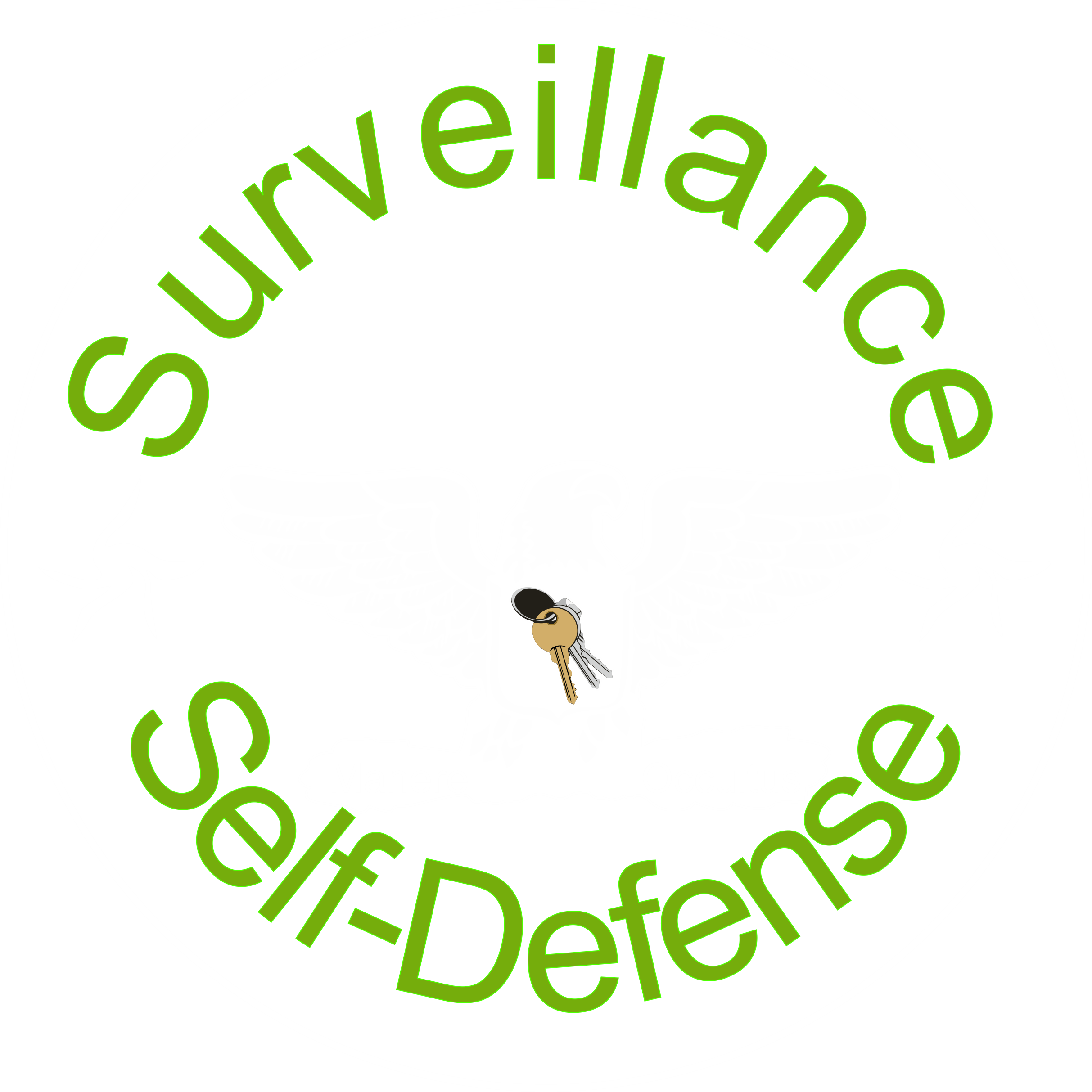The gig economy has become one of the most transformative economic movements in recent years. Whether you’re a freelancer, an independent contractor, or someone simply looking for a side hustle, the gig economy provides opportunities to turn your skills into cash. In this article, we will delve deep into the concept of the gig economy, how it works, the benefits, and how you can leverage your skills to succeed in this booming sector.
What is the Gig Economy?
The gig economy refers to a labor market characterized by the prevalence of short-term contracts or freelance work rather than permanent jobs. It is built on the idea of temporary, flexible jobs often facilitated by digital platforms that connect businesses with skilled workers. This could range from freelance writing, ride-sharing, or even short-term consulting engagements.
Unlike traditional employment, where workers have long-term, stable contracts, gig economy workers typically work as independent contractors. They are responsible for finding their own clients, setting their rates, and managing their schedule. Popular gig economy platforms include Uber, Fiverr, Upwork, TaskRabbit, and many others that allow skilled individuals to offer their services to a global market.
Why is the Gig Economy Growing?
Several factors have contributed to the rise of the gig economy, making it an attractive option for both workers and businesses alike:
- Technological Advancements: The proliferation of digital platforms has made it easier for workers to find gigs and for businesses to hire talent from a global pool. Apps and websites have revolutionized industries and created opportunities for new forms of work.
- Flexibility: The gig economy provides workers with the flexibility to choose their own working hours, work from home, and pursue multiple streams of income simultaneously. This makes it especially appealing to individuals seeking a better work-life balance.
- Skill-Based Economy: As industries evolve, businesses increasingly need specialized skills. The gig economy makes it easier for workers to monetize their expertise by offering niche services directly to clients.
- Rise of the Freelance Mindset: Many people are moving away from traditional 9-to-5 jobs, preferring the independence and autonomy that come with freelancing. The gig economy gives individuals control over their career, allowing them to choose what projects to take on and how to grow their skill set.

Turning Your Skills into Cash: How to Start in the Gig Economy
If you’re ready to start turning your skills into cash in the gig economy, here are some actionable steps to guide you through the process:
1. Identify Your Marketable Skills
The first step to succeeding in the gig economy is identifying what skills you can monetize. Your skills can range from technical expertise (like programming or web development) to creative abilities (such as writing, design, or photography) to personal services (like tutoring, fitness coaching, or pet-sitting).
Take stock of what you’re good at, what you enjoy doing, and where you have experience. Some of the most popular gig economy categories include:
- Writing and Content Creation: Bloggers, copywriters, and content creators are in demand as businesses seek to establish their online presence.
- Web Development and Design: Technical expertise in web development, app development, or design is highly marketable in the digital space.
- Graphic Design and Video Production: Visual media is crucial for marketing campaigns, making graphic designers and video editors essential for companies seeking to stand out.
- Marketing and Social Media Management: Businesses need social media managers, SEO experts, and digital marketers to help them grow their online presence.
- Consulting and Coaching: Professionals with years of experience in any industry can offer consulting or coaching services to businesses and individuals looking to improve their operations.
- Personal Services: Services such as babysitting, tutoring, or fitness coaching are in high demand as more people seek help in their day-to-day lives.
2. Find the Right Gig Platforms
Once you’ve identified your skills, it’s time to find the right platform to connect you with potential clients. There are countless platforms designed to serve different industries and niches. Here are a few examples:
- Upwork: A well-known platform for freelancers in fields like writing, design, development, marketing, and customer service.
- Fiverr: A marketplace for freelancers to offer services starting at $5, catering to a wide range of industries from design to tech.
- Toptal: A high-end platform for top-tier freelancers, especially for software developers, designers, and finance experts.
- TaskRabbit: A platform for offering hands-on services like furniture assembly, moving assistance, cleaning, and other local tasks.
- Uber, Lyft, and DoorDash: If you’re into driving, food delivery, or ridesharing, these apps allow you to monetize your time and car.
Choosing the right platform depends on your skill set and target market. Some platforms specialize in creative and digital work, while others cater to physical services or labor.
3. Set Your Rates
Setting your rates can be one of the most challenging aspects of entering the gig economy. You want to strike the right balance between pricing yourself competitively and ensuring that you’re valuing your time and expertise.
To determine your rates:
- Research industry standards for your skill set.
- Consider your level of experience and the complexity of the work.
- Be clear on how much you need to earn per hour or project to meet your financial goals.
- Don’t undervalue your services, but also don’t price yourself out of the market.
Platforms like Fiverr or Upwork allow you to adjust your rates based on experience and demand, so start somewhere reasonable and increase your prices as you gain credibility and a client base.
4. Build a Strong Online Presence
To attract clients in the gig economy, you need to create a strong personal brand. This involves building an online presence where potential clients can discover your work, learn more about you, and contact you for services.
Here are some ways to build your online presence:
- Create a Portfolio: Having a professional portfolio website can make a significant difference. Showcase examples of your work, highlight your skills, and offer client testimonials.
- Optimize Your Profiles: Whether you’re on Fiverr, Upwork, or LinkedIn, ensure your profiles are well-crafted with a clear description of your skills, past projects, and value proposition.
- Leverage Social Media: Use social platforms like Instagram, Twitter, and LinkedIn to share your work, engage with potential clients, and build your reputation.
- Ask for Testimonials and Reviews: As you complete more gigs, ask satisfied clients for reviews and testimonials. Positive feedback can significantly boost your credibility and attract new clients.
5. Manage Your Time and Finances
One of the benefits of the gig economy is the flexibility it offers. However, with that flexibility comes the responsibility of managing your time and finances effectively.
- Time Management: Use tools like Trello, Asana, or Google Calendar to organize and track your projects and deadlines.
- Financial Management: Set aside money for taxes, and be mindful of business expenses. You may want to invest in accounting software or hire a professional to help manage your finances as your earnings grow.
6. Continuously Upgrade Your Skills
The gig economy is fast-paced and competitive, which means you must keep learning and improving your skills. Continuous learning will help you stay relevant and in demand. Enroll in online courses, attend workshops, and participate in webinars to stay ahead in your field.
Benefits of the Gig Economy
The gig economy offers a variety of benefits for workers and businesses alike:
- Flexibility and Autonomy: You can choose your own work hours, work from anywhere, and select the projects that interest you.
- Multiple Income Streams: Gig workers can juggle multiple gigs at once, allowing them to diversify their income and reduce dependency on one source.
- Low Overhead Costs: Many gig economy jobs do not require significant investment upfront, especially in industries like writing, design, or tech development.
- Increased Earning Potential: Depending on your skill set and the demand for your services, you have the potential to earn more than you would in a traditional 9-to-5 job.
Challenges of the Gig Economy
While the gig economy offers numerous advantages, it also comes with challenges:
- Income Instability: Freelancers often face fluctuating income, depending on demand and the number of projects they take on.
- Lack of Benefits: Unlike traditional employment, gig workers typically don’t have access to health insurance, retirement plans, or paid time off.
- Job Security: Gig workers may experience periods of downtime between projects and can face competition from others in their field.
Conclusion
The gig economy offers countless opportunities for individuals to turn their skills into cash. Whether you’re looking for a side hustle or a full-time career, the gig economy allows you to be your own boss, set your own rates, and work on your own terms. With the right skills, determination, and a strategic approach, you can tap into this growing market and achieve financial success.







